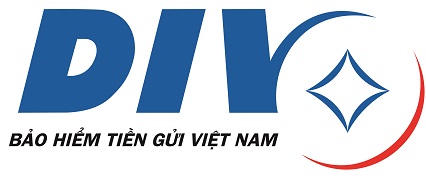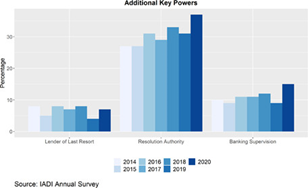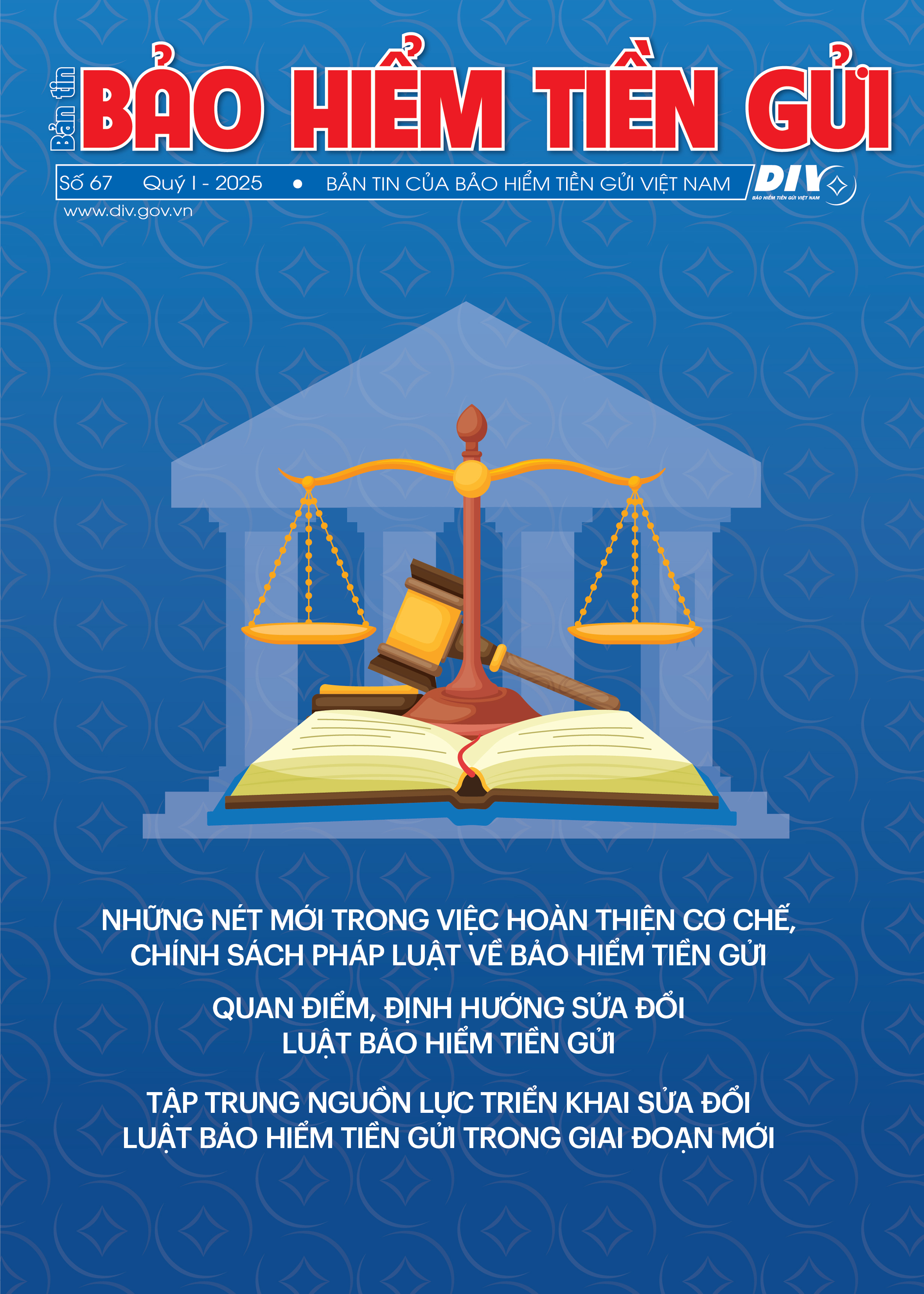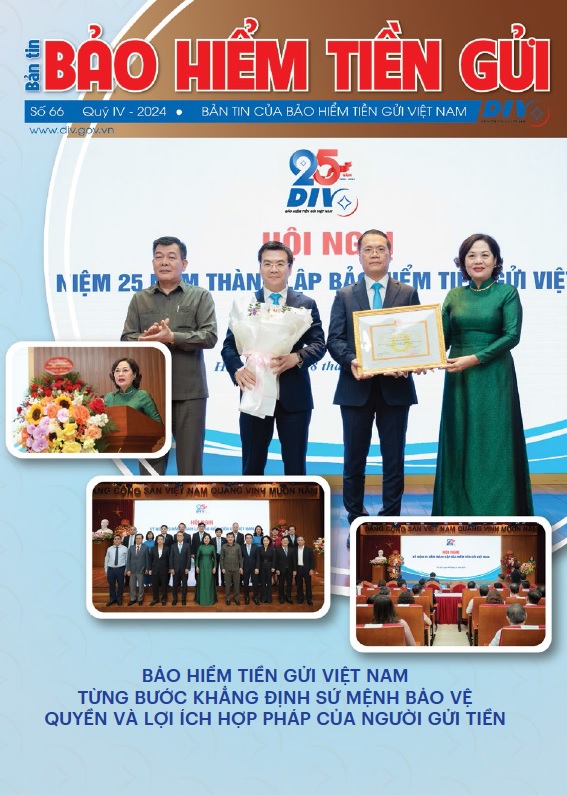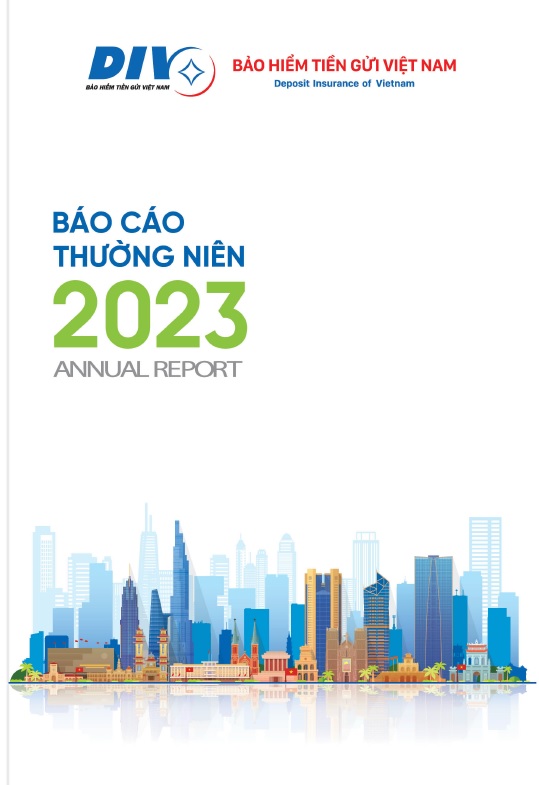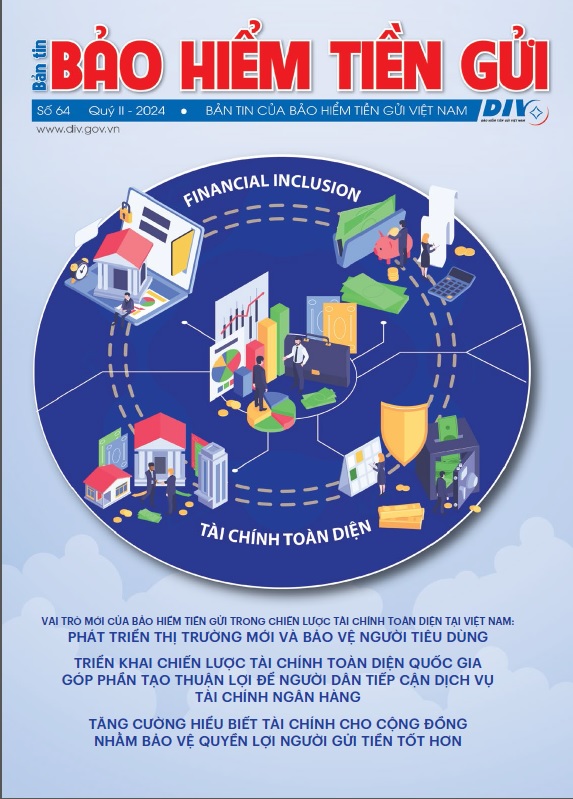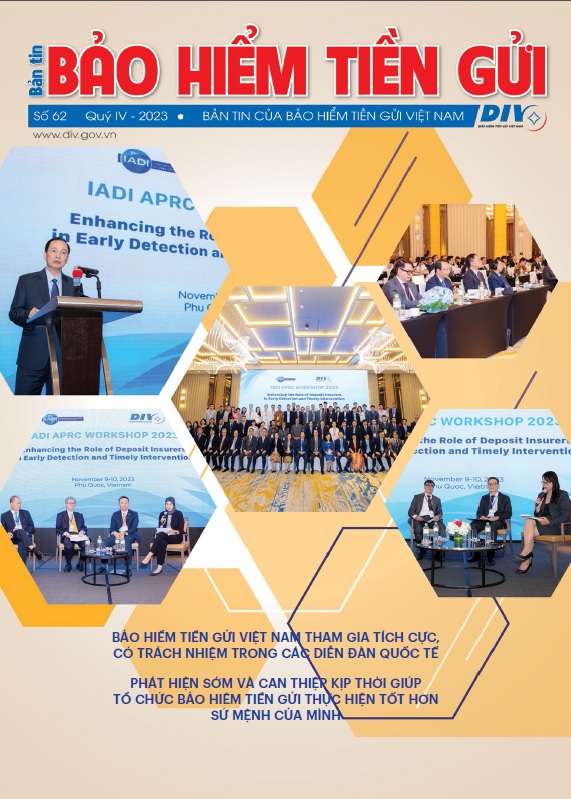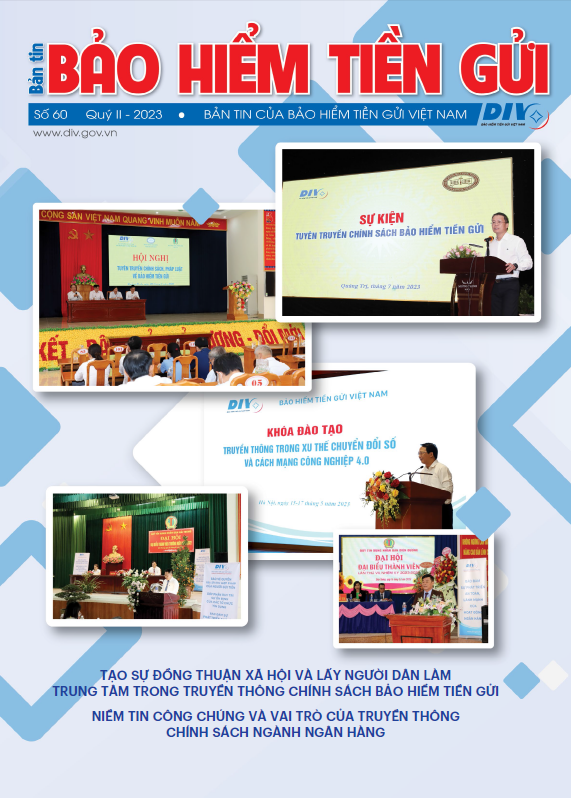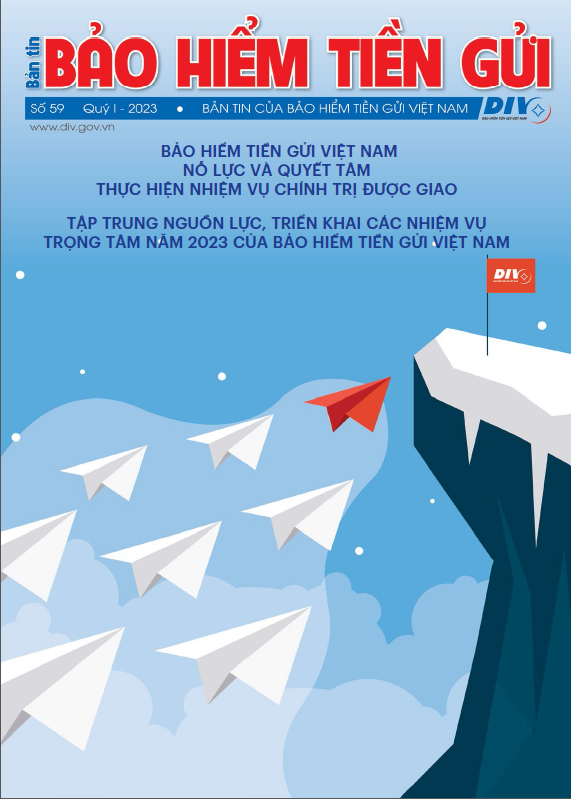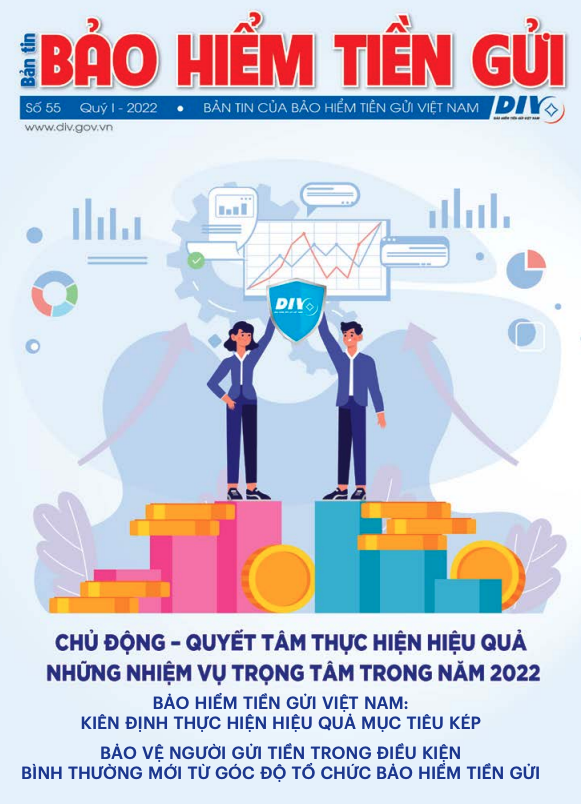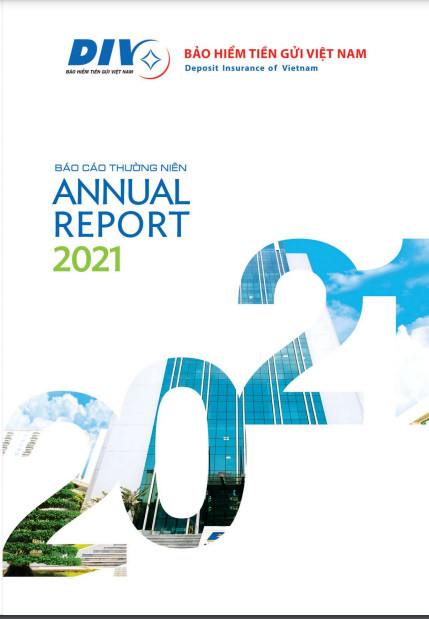Deposit insurance policy helps credit institutions fulfill their responsibilities to depositors - subjects who trust their finances to business credit institutions. Conditions for participating in deposit insurance, types of deposit deposits, insurance premiums, deposit insurance coverage limit, deposit insurance reimbursement processes and procedures, supervision and examination activities of the deposit insurance organization, universalization of insurance policies. The deposit insurance organization's participation in solving difficulties for credit institutions that mobilize deposits is the core content of the deposit insurance policy. The level of implementation of these contents reflects the ability of credit institutions to meet ethical and social responsibility criteria, from the perspective of depositors.
Participating in deposit insurance is a mandatory condition for credit institutions that mobilize people's deposits to ensure openness, transparency and best protect the legal rights of depositors. In addition, participating in deposit insurance also contributes to enhancing community trust in the operations of credit institutions, thereby increasing the ability to mobilize deposits to serve profitable business and investment activities of the credit institutions. these organizations.
Sources of deposit insurance premium from all credit institutions that mobilize deposits forms the deposit insurance fund, which is used to reimburse depositors in the event that a credit institution closes without being able to reimburse deposits and other financial responsibilities for customers. Furthermore, with the participation of most credit institutions that mobilize deposits (except for Bank for social policy), the deposit insurance fund will be able to pay a large number of depositors at closed credit institutions. This significantly reduces the possibility of risks occurring on a large scale, involving many credit institutions.
Deposit insurance premium ise determined in two forms: Participation premium (membership premium) is usually calculated and paid at the time a credit institution is accepted to participate in deposit insurance, and regular contribution premium . Membership premiums are rarely used, but the most common form is regular contribution premiums. There are two ways to calculate regular premiums: calculating according to a uniform rate for all credit institutions participating in deposit insurance and calculating according to a differentiated rate according to the level assessed for each credit institution. In the new phase of implementing deposit insurance, most countries choose a flat premium rate to calculate the premium payable by each credit institution. The application of flat premium rates shows the element of meeting social responsibility, because if there is discrimination in the application of premium levels, it will create a negative reaction in the market. Credit institutions being charged high premiums will be a signal for operating at a higher level of risk. The delay in applying risk-based premiums allows difficult credit institutions to have a roadmap to progress and receive positive support from the deposit insurance policy.
The type of insured deposit is usually designed depending on the level of development of credit institutions in each country. For countries with a long-standing, standardized credit institution system, a highly convertible national currency, a brand name in the market, and the need to protect the domestic currency does not pose a big task for In the system of credit institutions, the type of public deposit can consider foreign currency. Up to now, foreign currency deposits have not been considered by many countries to be included in the list of insured deposits. Most countries implementing deposit insurance policies focus on protecting their domestic currencies, which are a sustainable basis for economic, political and social stability.
Deposit insurance coverage limit reflects the level of compensation for depositors when credit institutions are unable to repay deposits immediately. The coverage limit is determined based on the per capita income level, inflation level and the response level ranges from 80 - 90% of depositors at credit institutions. Furthermore, the coverage limit is determined to reimburse depositors immediately with the amount of money within the coverage limit. Deposits exceeding the coverage limit will be considered for reimbursement during the liquidation period of the closed credit institution's assets. Thus, the priority order in using the deposit insurance fund is to pay deposits to retail depositors. Ensuring the rights of depositors through coverage limits and convenient, public and transparent reimbursement procedures is one of the basic elements to meet the social responsibility of deposit insurance policy; thereby contributing to increasing depositors' confidence in the operations of credit institutions.
Supervision and examination at public institutions are core operations, allowing deposit insurance organizations to directly contribute to minimizing risks arising in the operations of credit institutions. Depending on the level of implementation and development of each country's deposit insurance policy, examination and supervision functions are built to ensure uniformity in supervising the activities of public institutions, avoiding overlap with other devices. other mechanisms in the financial safety net.
The deposit insurance communication policies activities are implemented by the deposit insurance organization in many forms and includes many participating partners. The level of dissemination of deposit insurance policy content determines the effectiveness and efficiency of policy implementation. Expressions of confusion, loss of confidence, and crowd effects when there is adverse information about the operations of credit institutions will be controlled and limited if the content of the deposit insurance policy is disseminated specifically, extensively, and effectively to the public.
Last but not least important factor in implementing social responsibility is the process of public institutions in resolving difficulties for credit institutions that mobilize deposits. When credit institutions have difficulties, the deposit insurance organization is an effective support channel and will deploy necessary support activities to overcome and transfer the difficulties.
Accordingly, the deposit insurance organization can lend liquidity support to credit institutions in difficulty, check to detect violations, coordinate to find partners to transfer credit institutions and finally can take on the role of credit institutions with difficulties (implementing bridge banks) ... These activities have the effect of directly resolving difficulties of credit institutions before, during and after the reimbursement of deposit insurance, contributing to optimal settlement of benefits of the depositors.
The success of the deposit insurance tool can be assessed from many angles, first and foremost, when most depositors' rights are protected, the financial flow of the economy is not interrupted or difficulties of credit institutions has not been emphasized... It can be affirmed that the deposit insurance tool has contributed to optimally implementing the social responsibility of credit institutions, from the perspective of depositors.
Communication Department
